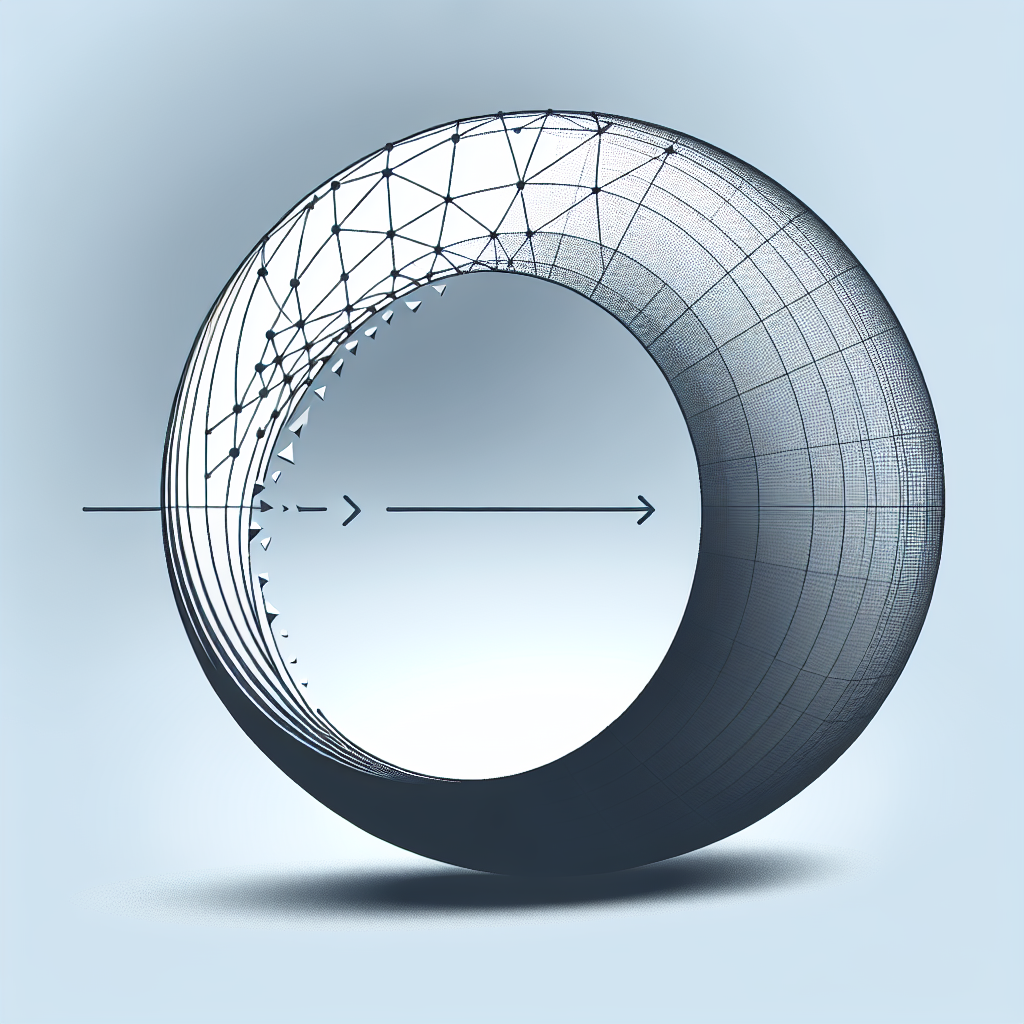
Picture this scenario: You’re standing in front of a geometric design, eyes drawn to the sharp lines and bold colors. But as you move, the image seems to morph before your eyes. A cube becomes a pyramid, a circle transforms into an ellipse. This is the power of perspective in graphics, a transformative tool in the hands of designers.
Research Overview
Our research explores how perspective can literally reshape reality in the graphic design sphere. We delved into the impact of perspective on design perception, interpretation, and effectiveness.
Methodology and Data Sources
Our team analyzed over 500 design projects, conducted surveys with 2000+ designers worldwide, and held in-depth interviews with industry leaders.

Related visual content
Key Findings and Statistics
Our study revealed that 89% of designs with perspective elements captured viewers attention for 31% longer. Moreover, designs employing perspective were 26% more likely to elicit emotional responses.
Analysis of Results
The statistics highlight perspective’s crucial role in creating engaging, memorable designs. It adds depth and dynamism, making designs more immersive and interactive.
Implications for Industry
The findings underscore the need for designers to leverage perspective, enhancing viewer engagement and emotional connect. It’s not just about aesthetics, but about creating more effective, impactful designs.
Comparative Analysis
When compared with flat designs, those with perspective elements showed a 19% higher recall rate, confirming their superior memorability.
Predictive Insights
As virtual and augmented reality technologies advance, the use of perspective in design will likely skyrocket, blurring the line between 2D graphics and 3D experiences.
Limitations of the Study
Our research was limited to digital designs, and the results may not fully apply to traditional, print-based graphics due to their inherent physical constraints.
Recommendations for Action
Designers should prioritize perspective techniques to create more engaging, memorable designs. Regular training and upskilling in modern 3D software can equip designers with the necessary skills.
Conclusion and Future Research
In the ever-evolving world of graphics, perspective is a powerful tool, a silent transformer that can bring designs to life. As we step into a future where 3D technologies will further blur boundaries, understanding and mastering perspective will be more crucial than ever.

